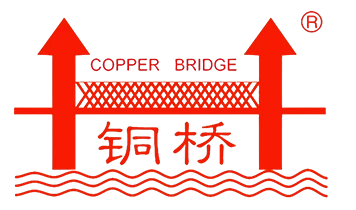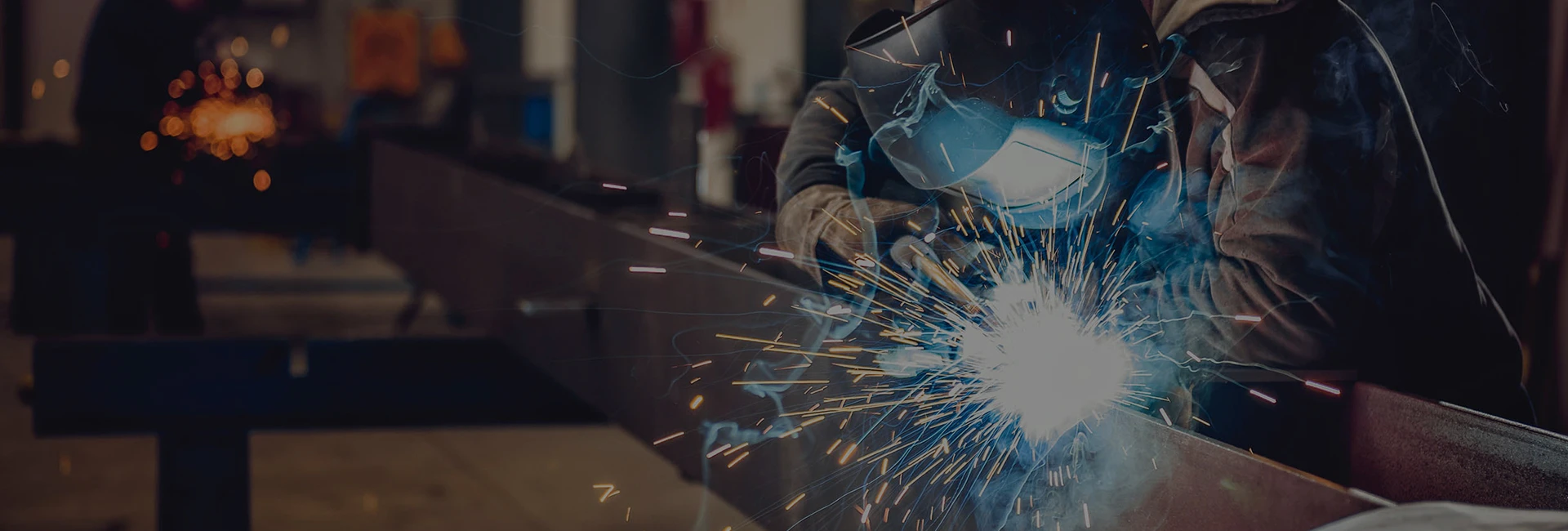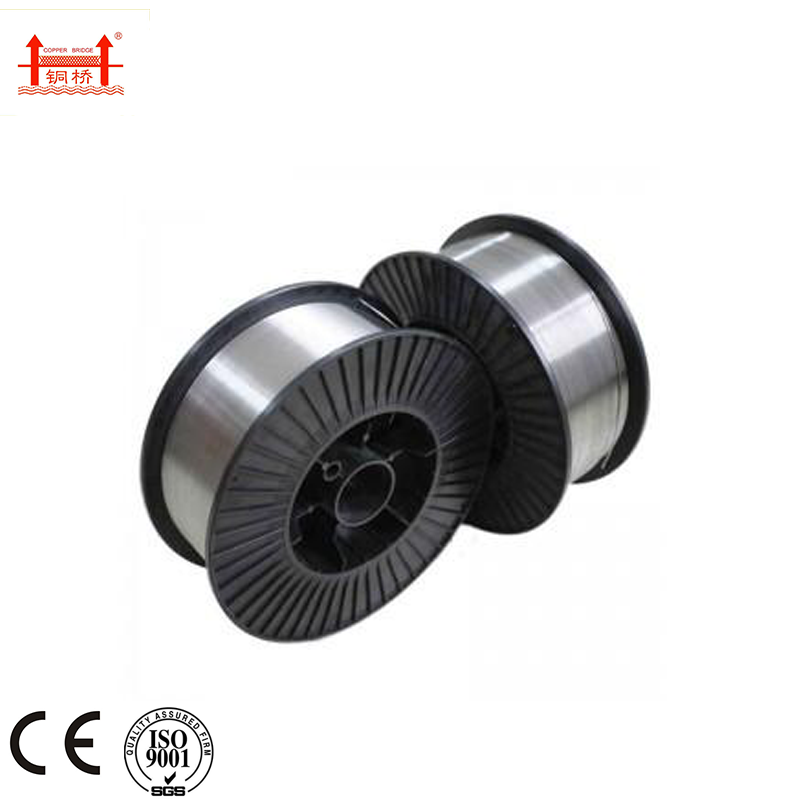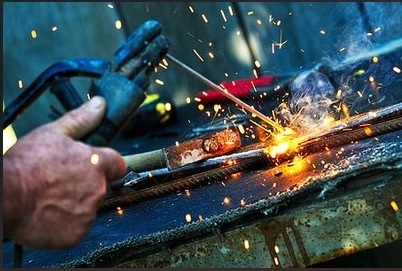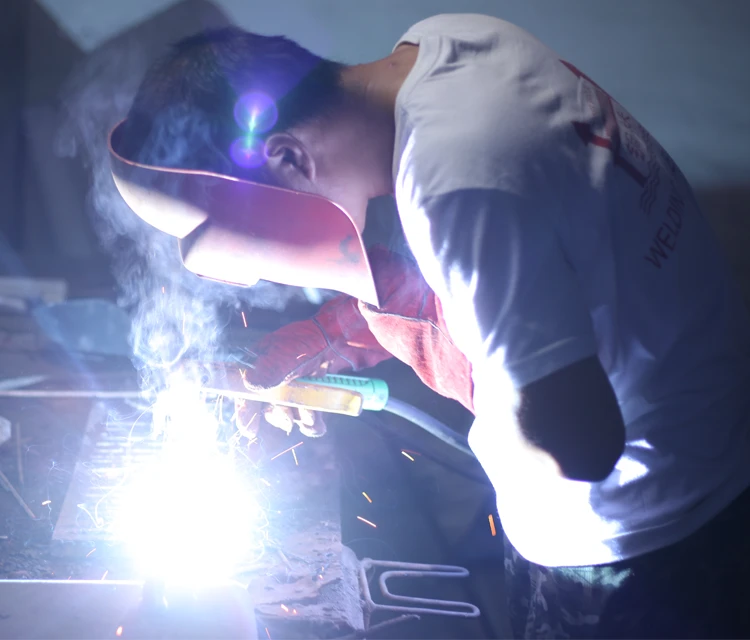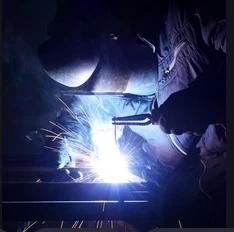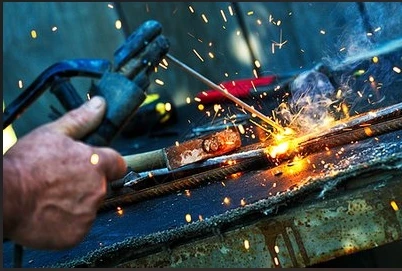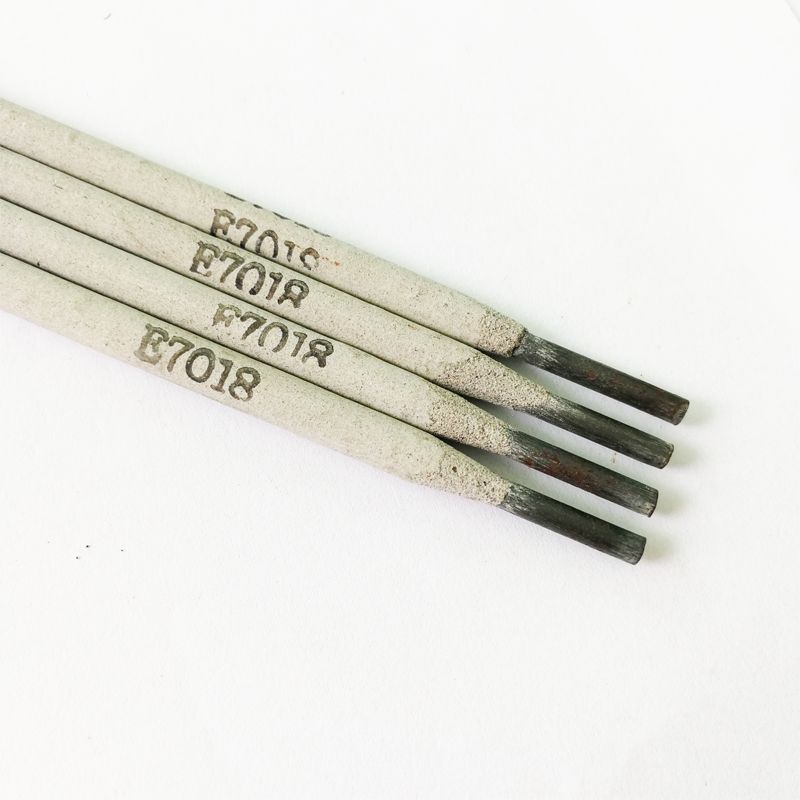API 5L Pipe Specs: What Every Industrial Pro Needs to Know
Nov . 12, 2025 17:30
Understanding API 5L Pipe Specs: A Veteran’s Perspective
Working in the industrial equipment sector for a good stretch of time, I've seen firsthand how crucial API 5L pipe specs can be. These pipes are the unsung heroes of pipeline construction, quietly bearing the load of oil, gas, and water transport. But unlike the usual pipes you find in residential plumbing, API 5L pipes come with a wealth of standards meant to guarantee integrity under some seriously tough conditions.
Now, if you ask me, specs aren’t just numbers on a datasheet — they’re the backbone of pipeline safety and performance. Over the years, I’ve noticed how engineers and procurement teams get remarkably picky about things like the material grade, wall thickness, and even the testing methods employed. It makes sense; when a pipeline cracks or leaks, lives and fortunes are at stake.
Breaking Down the Key API 5L Pipe Specs
API 5L covers pipes for conveying gas, water, and oil in the petroleum and natural gas industries. Generally speaking, the standard defines two grades: PSL1 and PSL2. The Primary Specification Level 1 (PSL1) covers pipes with more straightforward chemical and mechanical property requirements. Oddly enough, PSL2 steps it up with tougher testing, manufacturing rigor, and traceability.
From my experience, the most commonly used grades are X42, X46, X52, X56, X60, and sometimes X65 — the ‘X’ grades indicate yield strength in thousands of psi, roughly speaking. The choice depends entirely on pipeline pressure, diameter, and environmental conditions. For example, if you’re working in a corrosive environment or dealing with sour gas, you’d lean toward higher grade or special coatings.
| Specification | Typical Value / Description |
|---|---|
| Grades | X42, X46, X52, X56, X60, X65 |
| Material Type | Carbon steel, low alloy steel |
| Manufacturing Process | Seamless or welded (ERW, SAW) |
| Diameter Range | 0.625" to 48" (nominal pipe size) |
| Wall Thickness | Varies by schedule - commonly SCH 40 to SCH 160 |
| Testing Requirements | Tensile tests, flattening test, hydrostatic test, Charpy impact |
What Differentiates Leading API 5L Pipe Vendors?
Honestly, the market for API 5L pipes is crowded, with a handful of manufacturers claiming the top spots in quality and delivery. That said, not all vendors are equal, and in my experience, choosing the right supplier can dramatically ease project headaches.
Some vendors focus heavily on traceability and documentation—which, trust me, your quality manager will appreciate—while others push competitive pricing with decent but not stellar testing protocols. The “feel” of communication also matters; I’ve dealt with suppliers who practically treat you like a lottery ticket number, and others who get down to brass tacks quickly and with clarity.
| Vendor | Quality Certifications | Delivery Times | Testing Rigor | Price Range |
|---|---|---|---|---|
| Vendor A | ISO 9001, API 5L Certified | 4-6 weeks | High (includes Charpy impact testing) | $$$ |
| Vendor B | API 5L, ISO 14001 | 3-5 weeks | Medium (hydraulic test, tensile test) | $$ |
| Vendor C | API 5L only | 6-8 weeks | Basic (visual & hydrostatic) | $ |
Real-World Usage and a Quick Anecdote
I recall a project a few years ago where the choice of pipe spec literally saved the day. The pipeline was set to cross a region known for its frigid temperatures and potential earth shifts—talk about a test environment. We went with an X65-grade pipe, PSL2, with careful Charpy impact testing to ensure toughness at low temperatures. The alternative was a cheaper pipe that looked good on paper but lacked those stringent tests.
When a minor tremor caused soil movement, guess which pipeline remained intact? The other? Not so much — and the client was immensely relieved. Those specs and extra testing steps cost more upfront but prevented what could have been a disaster.
All this to say: API 5L spec pipes aren’t just another line item; they’re the lifeline of your project. And if you want a reliable source for these specs, you might want to check out this supplier, who knows their steel like few others.
Reflections from years on the front lines remind me that the best specs and suppliers are the ones you can trust not just on paper, but when things get tough...
Sources:
- API Specification 5L documentation
- Industry supplier catalogs and quality reports
- Personal field experience and project reports
Related Video


